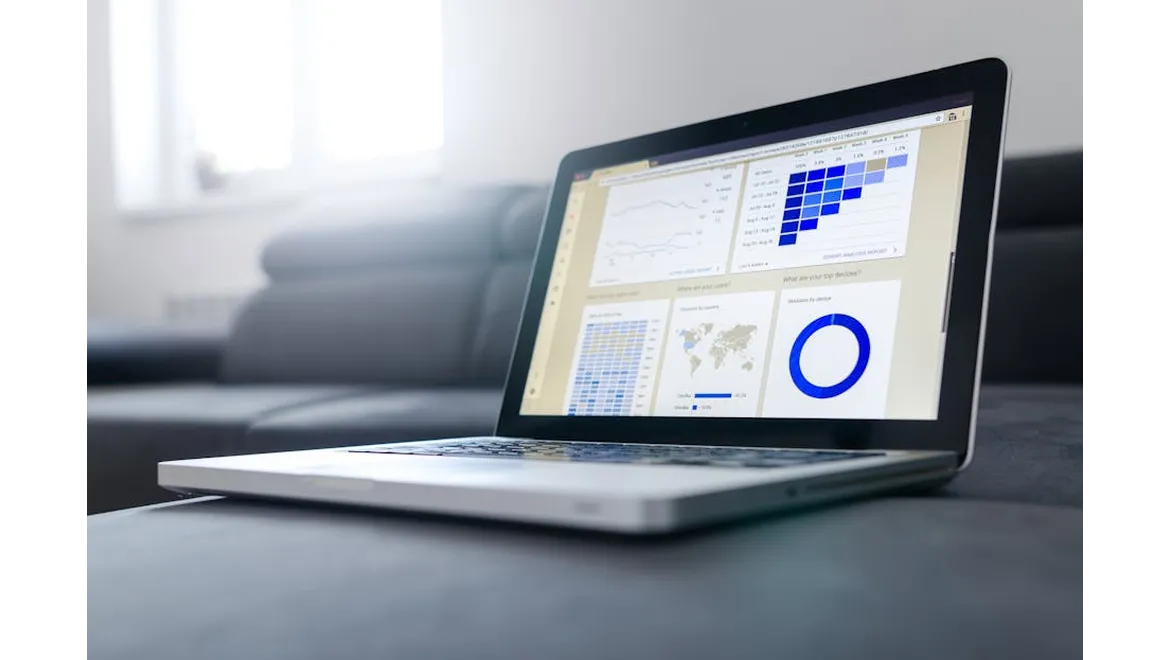Right, let’s talk influencer marketing for token launches – and not just the same old fluff everyone else is churning out. I was chatting with Caitlin the other day, a whiz in the crypto space, about some of the deeper dives we’re planning for a new series of articles. We’re aiming to give token founders proper, actionable insights, not just recycled platitudes. One thing that really stood out was the central importance of data analytics – not just as an afterthought, but as the bedrock of successful influencer campaigns.
“It’s more than just finding someone with a million followers, isn’t it?” I asked Caitlin, leaning back in my chair.
She grinned. “Exactly! That’s where everyone goes wrong. It’s about relevant followers, engaged followers, and the actual impact an influencer has on sentiment and, ultimately, token adoption.”
And that’s where the data comes in. We talked about practical tools founders can use. The first stop? Social Listening Tools. Think Brandwatch, Mention, or even tailored Google Alerts. These allow you to monitor online conversations around specific keywords related to your project, your competitors, and even potential influencers. The aim here is to understand audience sentiment. Is there genuine excitement around a particular type of technology? Are there common pain points that your token solves? What are people saying about your competitors’ launches?
“Sentiment analysis is key,” Caitlin emphasised. “A massive spike in mentions might not always be positive. You need to dig deeper and understand the context.”
Next up: Competitor Analysis. This is where you reverse-engineer successful (and unsuccessful) influencer campaigns from other token launches. How do you do this? Well, start by identifying the influencers your competitors have used. Tools like SparkToro are excellent for this, allowing you to analyse the audience overlap between different accounts. This tells you who the influential voices are within your target demographic. Then, look at the type of content they created – was it educational, promotional, or community-driven? What engagement did it generate – likes, comments, shares, and, crucially, actual conversions (if trackable)?
It’s vital to distinguish between paid promotions and genuine enthusiasm. Look for disclosures like #ad or #sponsored. However, also look for consistent engagement over time. Is the influencer only talking about the token when they’re being paid, or are they organically discussing it? A simple timeline analysis of their posts can reveal a lot.
“Don’t just copy what your competitors are doing,” Caitlin cautioned. “Learn from their successes and, more importantly, their mistakes. Why did a particular campaign flop? Was the messaging off? Was the influencer a bad fit for the project?”
Finally, we discussed Predictive Analytics. This is where things get really interesting. By analysing historical data – past campaign performance, influencer engagement rates, audience demographics – you can build models to forecast the potential impact of a future campaign. This allows you to optimise your influencer selection, content strategy, and budget allocation before you launch, rather than just reacting afterwards.
Tools like Looker and Tableau can be invaluable here. You can create dashboards to track key performance indicators (KPIs) like reach, engagement, sentiment, and conversion rates. You can also use A/B testing to compare the performance of different influencers or content formats. The important thing is to establish clearly what success looks like for your project from the outset and measure the indicators that demonstrate success. For instance a low engagement rate combined with a spike in token price will not be a suitable measurement of success and may hint at pump and dump. However, a steady and organic growth in the number of wallets holding your token is a good measure of success.
What became abundantly clear is that success in token launch influencer marketing lies not in chasing vanity metrics but in deeply understanding the audience, carefully selecting influencers based on data-driven insights, and continuously optimizing campaigns based on performance analysis. It’s about building authentic relationships and creating meaningful engagement, not just buying followers and hoping for the best. By taking this approach you will stand a far better chance of a successful launch and long term growth.
